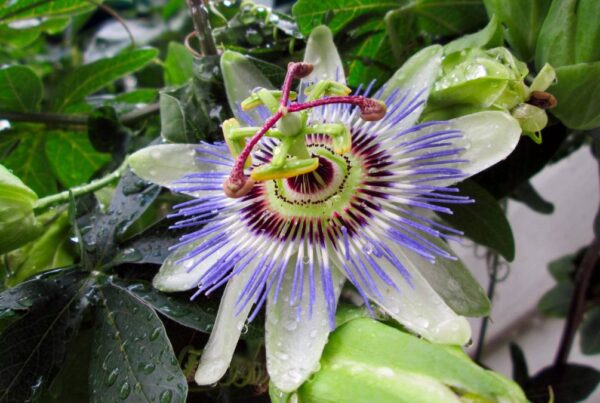The term biophilia was coined by legendary ecologist E.O. Wilson. He defined it as “our innate tendency to focus upon life and life-like forms and, in some instances, to affiliate with them emotionally.”
Now there is an emerging field that combines biophilia with neuroscience called neurobiophilia. This term comes from American marine biologist, science educator, and National Geographic explorer Tierney Thys who describes it as “a subdiscipline of neuroscience that explores how functions and dynamics of the human brain respond to nature.”
This emerging field is exploring how nature engages and changes the brain with the tools of neuroscience such as EEG brainwave devices.
Neurobiophilia: This Is Your Brain On Nature
This is an excellent short talk released by National Geographic that explores the emerging neuroscience research on nature connection and how it improves physical and mental health.
Here are the neurobiophilia studies mentioned:
1. View Through a Window May Influence Recovery from Surgery
Patients with hospital beds overlooking a natural scene had shorter postoperative hospital stays, received fewer negative evaluative comments in nurses’ notes, and took fewer potent analgesics than those facing a brick wall.
2. Attention restoration theory and exposure to natural environments
The differences between directed attention, voluntary attention and involuntary attention. Nature draws us in with a soft fascination that provokes involuntary attention that can be restorative.
- 10 Sustainable Travel Trends Driving The Future of Tourism - March 9, 2025
- 10 Tips To Sell Out Your Transformational Retreats In 2025 - February 20, 2025
- Build 10 Habits That Free Up Your Time With Mindful Coaching - February 11, 2025





